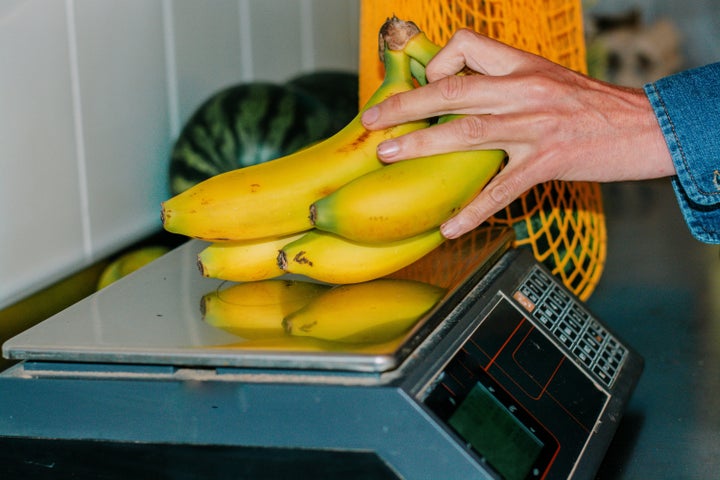
Brexit minister Lord Frost announced on Thursday that the ban on making imperial measurements in shops “stand out more” than metric units could soon be lifted, as the government is looking to unpick all the EU legislation from the UK.
Confused? We’ve explained everything you need to know below.
What are metric units?
Metric units are the measurements currently used in shops both in the UK and across the EU.
This system used metres, litres and grams as a basic units of distance, volume and mass.
The decimalised system started in the 1790s in France but is now used by almost every country in the world bar Myanmar, Liberia, and the US.
What are imperial units?
Imperial units, pounds and ounces in particular, are allowed in shops but cannot “stand out more” than metric units from use in UK shops to avoid confusion.
The British Imperial System was based on arbitrary measurements dating back to the Roman era.
This includes inches and feet for distances, pints for volumes and ounces for mass.
Myanmar, Liberia and the US are currently the only countries in the world to use the imperial system.
What does the UK use at the moment?
Metric measures became legal in the UK back in 1875 and gradually began integrating it into society.
However, Britain has never fully transitioned into using metrication in every sense.
Roads are still measured in the imperial unit of miles, and height is often discussed in feet and inches.
Why is the UK considering a change?
When Britain joined the EEC (the body which would later become the EU) back in 1973, it had to sign up to using the international system of units – the metric system – in its retail sector within five years.
Now Britain has left the EU, Brexiteers in government want to cull all of the red tape linked to the bloc. This includes the obligation to always include metric units in shops.
Why does it matter?
The UK agreed to switch to a single system of measurement back in 1856, when it signed the International Organisation of Legal Metrology (IOLM).
This is an intergovernmental treaty which creates standardised metric units for measurements to ensure there is fair trade, first formed in 1955 – it now covers 96% of the world’s economy.
If the UK agrees to that shops do not have to always show the metric measurements, its part in the IOLM could be called into question.
Using a combination of metric and imperial units will also create confusion across medicine, technology and trade in the UK.
If the UK were to switch to using imperial units throughout its retail sector, that still would not necessarily make it more closely aligned with the States.
The US measures pints and gallons, tons, fluid and dry ounces differently to the UK.
Correction: This article has been updated to explain imperial measurements are not currently “banned” in shops, but must not “stand out more” than the accompanying metric measurements.